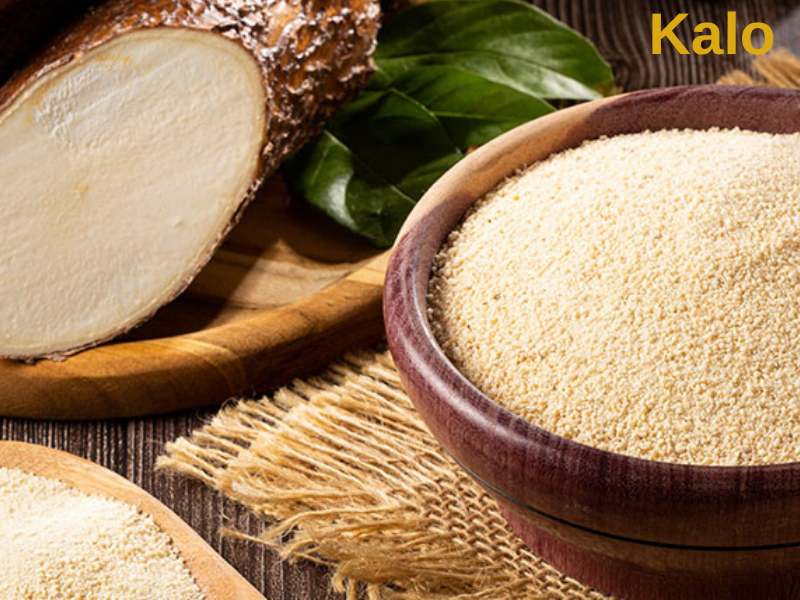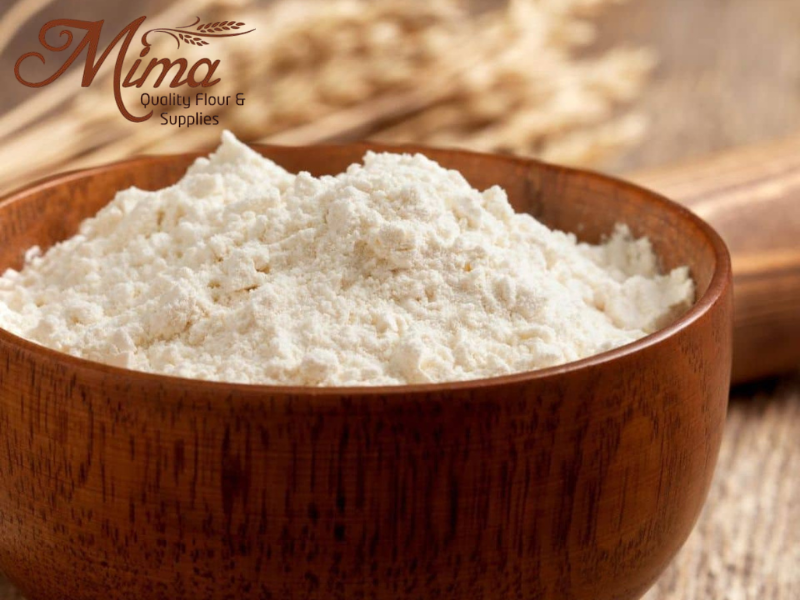
About Kalo
Kalo offers a hearty and satisfying culinary experience, reflecting the rich culinary heritage of its origins making it a beloved dish among those who appreciate traditional and wholesome foods.
INGREDIENTS: Kalo is a traditional food made from a unique blend of natural ingredients. It's crafted from a mixture of millet and cassava flours, carefully combined with water and a touch of salt to create a distinctive dough.
-
Cool, Dry Place: Store kalo in a cool, dry, and well-ventilated place. Avoid areas with high humidity, as moisture can cause it to spoil or become moldy.
-
Airtight Container: Transfer kalo to an airtight container or resealable plastic bag to keep out moisture and pests. Make sure the container is tightly sealed.
-
Avoid Direct Sunlight: Keep kalo away from direct sunlight, as exposure to light can cause it to lose its nutritional value and flavor.
-
Freezing: If you need to store kalo for an extended period, consider freezing it. Place kalo in an airtight container or freezer bag, remove as much air as possible, and seal tightly. Frozen kalo can last for several months.
-
Avoid Temperature Fluctuations: Avoid storing kalo in areas with extreme temperature fluctuations, such as near heaters, ovens, or in direct proximity to air conditioning units.
Kalo, a traditional African food made from a mixture of millet and cassava, offers several health benefits.
- Nutrient-Rich: Kalo is a good source of essential nutrients such as carbohydrates, dietary fiber, vitamins, and minerals, including iron and magnesium.
- Gluten-Free: It is naturally gluten-free, making it suitable for individuals with celiac disease or gluten sensitivity.
- Iron Content: The presence of iron is beneficial for preventing anemia and supporting overall blood health.
- Mineral Support: Kalo contains essential minerals like magnesium, which is important for muscle and nerve function, bone health, and energy production.
- Rich in Antioxidants: Kalo contains antioxidants that help protect cells from oxidative stress and reduce the risk of chronic diseases.
- Digestive Health: The dietary fiber in kalo supports digestive health by promoting regular bowel movements and preventing constipation.
- Low in Fat: It is naturally low in fat, making it a heart-healthy food choice.
To prepare Kalo, you'll need to follow these general steps.
- Mix the Flours: Start by combining millet flour and cassava flour in a mixing bowl. A ratio is 2 parts millet flour to 1 part cassava flour.
- Add Water: Gradually add water to the flour mixture while kneading the dough. Continue adding water and kneading until you achieve a smooth and elastic dough.
- Shape the Dough: Take small portions of the dough and shape them into round or oval balls. You can wet your hands to prevent the dough from sticking.
- Boil Water: In a large pot, bring water to a rolling boil. You'll need enough water to fully submerge the Kalo balls.
- Cook the Kalo: Carefully add the Kalo balls to the boiling water. Be cautious, as the water may splash. Let the Kalo balls boil for about 30-45 minutes.
- Drain and Cool: Once cooked, remove the Kalo balls from the boiling water and drain them. Allow them to cool for a few minutes.
- Serve: Kalo can be served warm. It's often enjoyed with various stews, sauces, or soups.


